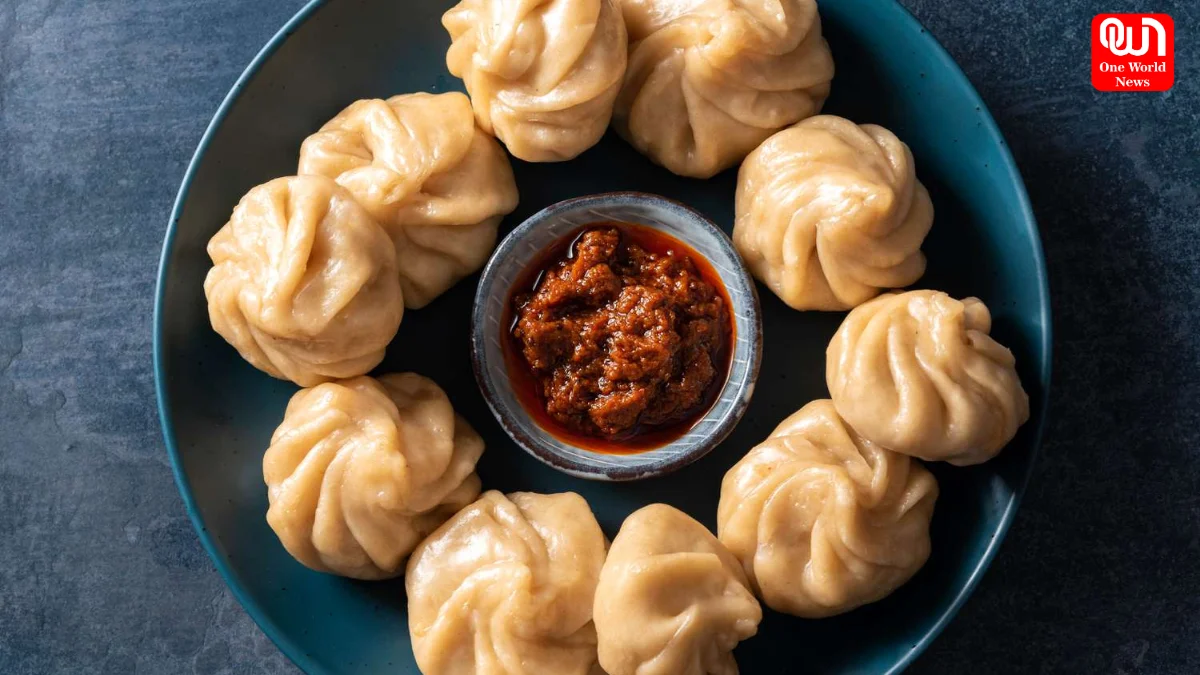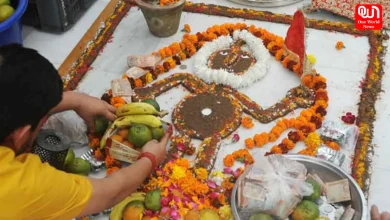Momos And Dumplings: Understanding The Key Differences Between These Asian Street Food Favorites
Explore the world of Momos And Dumplings, their origins, fillings, ingredients, and types that define Asian street food culture.
Momos And Dumplings: A Complete Guide To The Differences, Origins, and Flavors of Asia’s Favorite Street Foods
Across bustling Asian streets, sizzling food stalls often fill the air with the aroma of freshly steamed dough. Among the most popular delights are Momos And Dumplings — bite-sized parcels of joy that have won hearts across the world. While both look similar at first glance, they differ in origin, preparation, and taste. In this blog, we’ll explore how Chinese dumplings vs Tibetan momos vary, what makes their fillings unique, and why they remain staples in Asian street food culture.
Origins and Cultural Background
Nepali Momos Origin and Tibetan Influence
Momos trace their roots back to Tibet and Nepal. Originally a Tibetan delicacy, momos were introduced to Nepal through cultural exchanges in the Himalayan region. Traditionally, momos were made with yak meat, but over time, the recipe evolved to include chicken, vegetables, paneer, and even cheese to suit different palates. Today, Nepali and Tibetan momos are a beloved part of Asian street food, symbolizing warmth, community, and comfort.
Chinese Dumplings – Ancient Roots and Regional Styles
Chinese dumplings, or jiaozi, have a history spanning over 1,800 years. They are believed to have originated during the Han dynasty and were traditionally prepared during Chinese New Year for prosperity and good fortune. Over time, dumplings evolved into various forms like baozi (steamed buns), wontons, and potstickers. Each region in China boasts its own variation — from the spicy Sichuan dumplings to delicate Cantonese dim sum.
Key Differences Between Momos And Dumplings
At first glance, Momos And Dumplings appear similar, but they differ in texture, flavor, and cooking techniques.
Steamed Momos Ingredients vs Dumpling Fillings
Momos usually have a thinner, softer wrapper made from all-purpose flour, giving them a delicate bite. Common steamed momos ingredients include minced chicken, paneer, vegetables, or pork, seasoned with ginger, garlic, soy sauce, and coriander.
In contrast, dumpling fillings vary widely depending on the region. Chinese dumplings often feature ground pork, shrimp, chives, cabbage, or mushrooms, wrapped in slightly thicker dough. The seasoning tends to be mild, focusing on umami-rich soy, sesame oil, and rice wine vinegar.
Read more: Navy Day: A Tribute to Courage, Dedication, and Maritime Excellence
Momo vs Dim Sum: Are They the Same Thing?
Many people confuse momos with dim sum, but the two are different. Dim sum refers to a broad category of bite-sized Cantonese dishes — including dumplings, buns, rolls, and tarts — served during brunch with tea. Momos, on the other hand, are a specific dish from the Himalayas. So, while some dim sum items may look like momos, the flavors, fillings, and dining customs differ entirely.
Popular Types of Momos and Dumplings
Types of Momos You Should Try
Momos come in many varieties, each offering a unique flavor and texture:
Steamed Momos: The classic and most popular variety, soft and juicy.
Fried Momos: Crispy on the outside with flavorful fillings.
Kothey Momos: Half-fried, half-steamed, combining crunch and softness.
Tandoori Momos: A modern Indian twist with smoky, spicy flavors.
Open Momos: A creative version served with spicy sauces.
Common Dumpling Fillings Across Asia
Dumplings are just as diverse. From the Chinese xiao long bao (soup dumplings) to Japanese gyoza, the fillings can range from minced pork and prawns to spinach and tofu. Some are served in broth, others pan-fried for a crispy base. These variations highlight the creativity within Asian street food culture.
Cooking Methods and Taste Profile
Both Momos And Dumplings can be steamed, fried, or pan-fried, but the differences lie in texture. Momos are typically soft and juicy, while dumplings have a chewy bite. Dumplings also come in soup-style varieties, while momos are commonly paired with spicy chutneys made of red chili and tomato. The balance of mild vs spicy flavors sets them apart — dumplings tend to be subtle, whereas momos pack a punch.
Asian Street Food Appeal
What makes Momos And Dumplings truly irresistible is their connection to Asian street food. Whether it’s the streets of Kathmandu or Beijing, vendors craft these delicate bites fresh before your eyes. Their affordability, flavor, and versatility have made them international favorites. Today, they appear in fine dining restaurants as well as food trucks around the world, bridging culinary traditions with modern innovation.
read more: 5 Best Temples to Celebrate Govardhan Puja in Delhi
Conclusion
While Momos And Dumplings share similarities in shape and concept, their roots, fillings, and flavors make each distinct. Momos carry the earthy warmth of the Himalayas, while dumplings represent centuries of Chinese culinary artistry. Both are timeless comfort foods that continue to evolve with every culture that embraces them. So the next time you bite into a momo or a dumpling, savor not just the flavor — but the story it tells from the heart of Asia.
We’re now on WhatsApp. Click to join.
Like this post?
Register at One World News to never miss out on videos, celeb interviews, and best reads.








